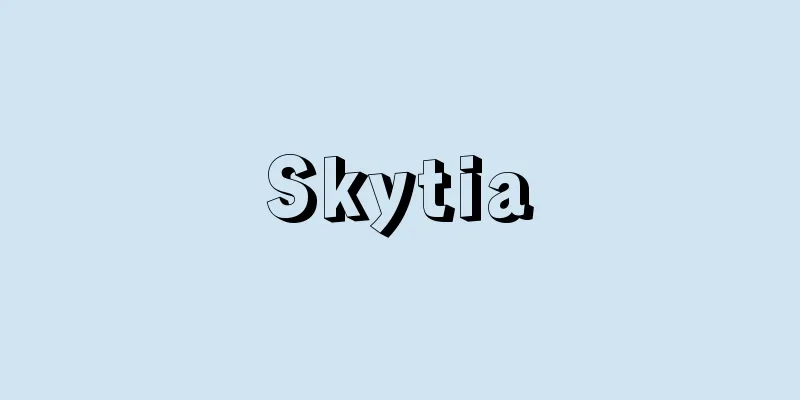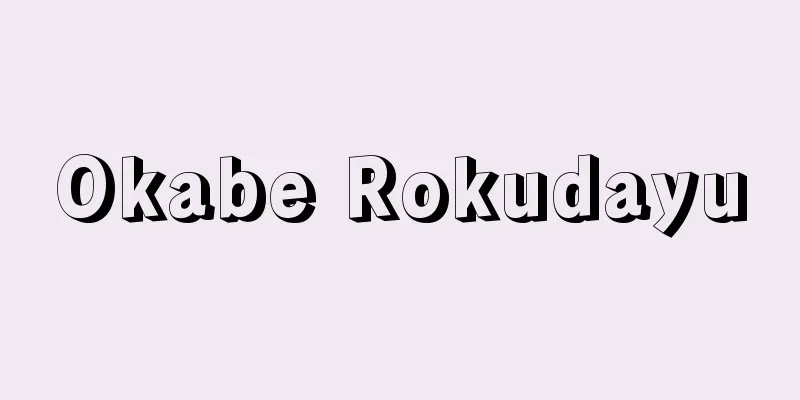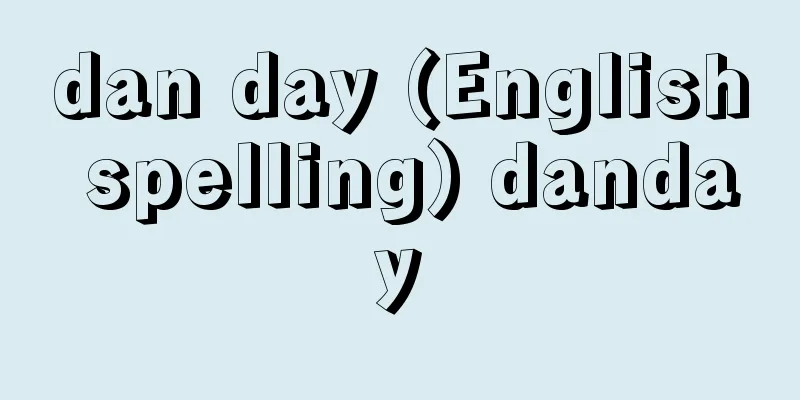Essential Amino Acids - Hissu Aminosan

|
Food proteins contain approximately 20 types of amino acids, of which those that are particularly important nutritionally are called essential amino acids, or indispensable amino acids. If any one of these essential amino acids is missing, it will affect development, growth, and maintenance of the body, causing growth to stop or causing a negative nitrogen balance. Essential amino acids are either not synthesized at all in the body, or are synthesized in very small amounts, so they must be ingested through food. There are nine essential amino acids: isoleucine, leucine, lysine, methionine, phenylalanine, threonine, tryptophan, valine, and histidine. Cystine can replace part of methionine, and tyrosine can replace part of phenylalanine, so the total amount of methionine + cystine and phenylalanine + tyrosine are calculated. The nutritional value of food protein is determined by the amount of essential amino acids. The essential amino acid that is most deficient in relation to the required amount is called the first limiting amino acid, and the amino acid that is second most deficient is called the second limiting amino acid. The four essential amino acids, lysine, methionine, tryptophan, and threonine, are often limiting amino acids. Amino acids other than the essential amino acids are called non-essential amino acids. Non-essential amino acids are synthesized in the body, so they do not necessarily have to be taken from food, but growth is better when non-essential amino acids are added than when only essential amino acids are taken, so they do not mean that they are unnecessary amino acids. Arginine and glutamic acid are typical examples. [Miyazaki Motoyoshi] [Reference]Source: Shogakukan Encyclopedia Nipponica About Encyclopedia Nipponica Information | Legend |
|
食品タンパク質の構成アミノ酸は約20種あり、そのうち栄養上とくに重要なアミノ酸を必須アミノ酸、または不可欠アミノ酸とよぶ。必須アミノ酸はどの1種が欠けても、発育、成長、体の維持に影響し、成長を停止したり、窒素平衡をマイナスにする。必須アミノ酸は体内でまったく合成されないか、合成されても非常にわずかであるため、食事からかならず摂取しなければならないアミノ酸である。 必須アミノ酸はイソロイシン、ロイシン、リジン、メチオニン、フェニルアラニン、トレオニン、トリプトファン、バリン、ヒスチジンの9種である。またシスチンはメチオニンの一部を、チロシンはフェニルアラニンの一部を代替できるので、メチオニン+シスチン、フェニルアラニン+チロシンの合計量を計算する。食品タンパク質の栄養価は必須アミノ酸の量によって決まってくる。必要量に対してもっとも不足する必須アミノ酸を第一制限アミノ酸とよび、二番目に不足するアミノ酸を第二制限アミノ酸とよぶ。リジン、メチオニン、トリプトファン、トレオニンの4種の必須アミノ酸が制限アミノ酸になることが多い。 必須アミノ酸以外のアミノ酸を非必須アミノ酸とよぶ。非必須アミノ酸は体内で合成されるので、かならず食事からとらなければならないものではないが、必須アミノ酸のみの場合より非必須アミノ酸を加えたほうが成長もよいので、不必要なアミノ酸という意味ではない。アルギニン、グルタミン酸などがその代表である。 [宮崎基嘉] [参照項目] |出典 小学館 日本大百科全書(ニッポニカ)日本大百科全書(ニッポニカ)について 情報 | 凡例 |
<<: Essential elements - Hissgenso
Recommend
Sakuragawa Jihinari - Sakuragawa Jihinari
A comic writer from the late Edo period. His real...
Retrograde Canon - Gyakkou Canon (English spelling)
A musical term. A type of canon. Also called a cra...
King, BB - King
...guitar), Robert Johnson (1912?-38, guitar), a ...
Golden Rule
Golden Rule in English. The fundamental ethics of ...
White cedar
...The cones ripen in the second year, and they c...
Estonian Soviet Socialist Republic - Estonian Entertainment and Socialist Republic
…Official name = Republic of EstoniaEesti Vabarii...
al-Sayyab (English spelling)
...The Romantic poets, pioneered by Ḥalīl Muṭran ...
Sprague - Frank Julian Sprague
American electrical engineer and inventor. Born i...
Town group - Chogumi
Also called "machigumi." A unit of self-...
Daruma gokai - Daruma gokai
A marine animal belonging to the Polychaeta class...
EMA - Electronic Manufacturing Equipment
European Monetary Agreement: An agreement establis...
Flyer
A term used in Japanese performing arts and music....
offshore bar
…Amanohashidate in Miyazu Bay and Yumigahama in Y...
Achillea filipendulina (English spelling) Achillea filipendulina
… [Munemin Yanagi]. … *Some of the terminology th...
Max Havelaar
A novel published in 1860 under the pen name Murta...









